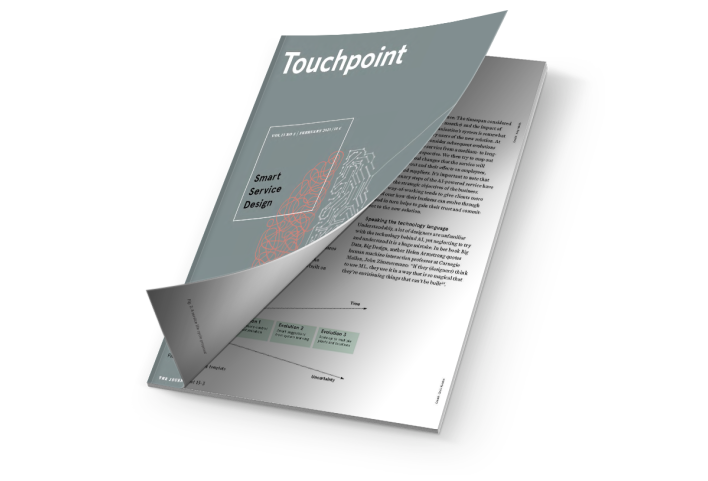
13 Touchpoint articles in this issue
Touchpoint overview

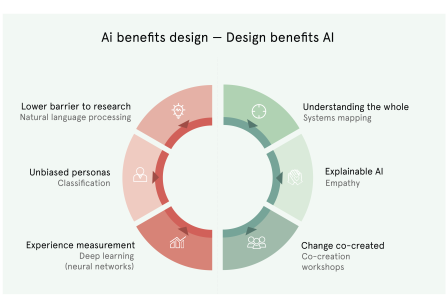
Design Needs AI and AI Needs Us
What is the relationship like between design and AI within your organisation? Are they parents that don't talk, separated by complex data algorithms and machine learning jargon? Are they distant relatives, reuniting briefly at the bottom of the service blueprint every so often? Or is there no relationship at all? Are they simply two ships passing late in the night? This article explores not only how AI can help us design better services, but also how design can help build better AI. The relationship is symbiotic.
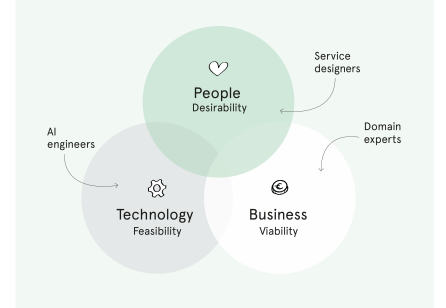
AI-by-Design: Human-Centred AI Innovation
We believe that Artificial Intelligence (AI) engineers and service designers should collaborate to create solutions that are human-centred, ethical and have a positive impact. In this article, we propose a six-step approach that integrates the strengths of both disciplines.
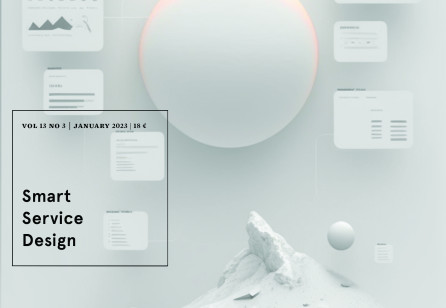
Alternate Touchpoint Covers: AI in Action
Generative AI allows the creation of any image based simply on text input. For this issue of Touchpoint, students from the Köln International School of Design created alternative covers using several models and methods. The text-to-image model is a machine learning model. It uses two neural networks: one creates the image, and the other evaluates, based on real examples of the target image, how close it is to the real image. After estimating the accuracy of the image, it sends that information back to the system and shows it to the user. On the these pages you can see examples of Touchpoint covers created using three distinct methods:
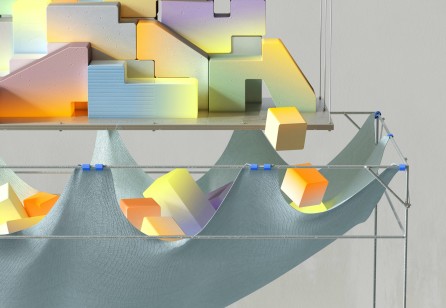
Introducing Ethics to AI-based Service Design
In this decade, design will have to keep pace with AI and machine learning. This raises many pressing ethical issues, including those around data, privacy and bias. In addition, the topics of regulatory non-compliance, legal liability and covert user manipulation need to be addressed. So how can we capture the opportunities of advancing AI technologies while simultaneously addressing the ethical risks and regulatory considerations they pose? By updating our methods to incorporate ethical investigations early on.
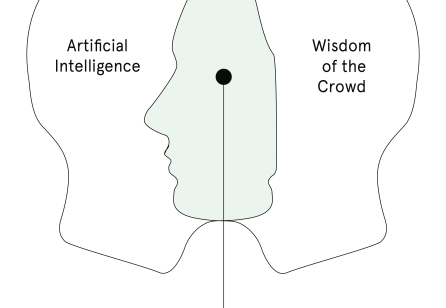
Service Horizons: The Designer, the Robot, the Rules
Is using artificial intelligence for human-centered design sacrilegious, or a ‘deus ex machina’? Is web3 – defined below – the future of service, or will it go the way of the dodo bird? We explore the service ecosystems of web3, experiments in technologically augmented design methods, and conclude with a dare for practitioners.

Insights from a Community of In-house Service Designers
Touchpoint Editor-in-Chief Jesse Grimes recently sat down with Marc Fonteijn, who has convened ‘Circle’, a community of in-house service designers, to learn insights he has gleaned from conversations amongst this growing cohort within the service design profession.

Caterina Bellavite - Meet the Service Designer
Caterina Bellavite works in-house at Deutsche Telekom, a multinational telecoms company. For this edition of the Touchpoint Profile, she had a chat with Prof. Birgit Mager, the journal’s Publisher, about her role and the value of working within an organisation
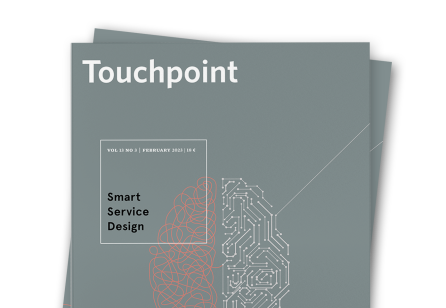
TP 13-3 Letter from the editor
For years, AI seemed to me like a storm cloud approaching on the horizon. It was as a distant rumble that was growing louder, but the signs of its arrival were hard to spot. A mobile phone I purchased in 2021 promised built-in AI, and my bank assured me that it was spotting fraud thanks to similar wizardry. But despite knowing it was the ‘next big thing’, I couldn’t easily point to its tangible presence in my daily life.
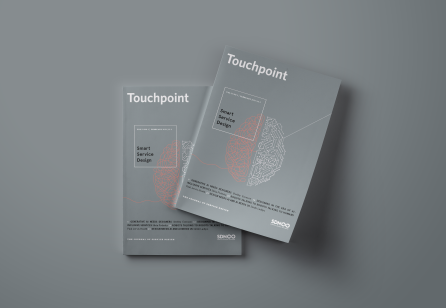
Generative AI Needs Designers
We are at a tipping point in a tech revolution that has the potential to transform the way we do everything. Generative AI will help us co-create new products, services and experiences. There are at least three roles service designers can play in the development of these new systems. Firstly, it will be about shaping the ways people will understand and interact with the AI. Next, service designers can bring their ‘lens’ to help ensure that those systems are useful, usable, efficient, effective and desirable and differentiated1 (u2e2d2p2) – from both the person and the provider’s point of view. Finally, our best service design methods and foresight can be applied to design responsibly and avoid bias and unintended consequences.
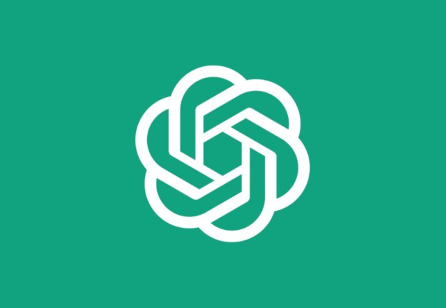
Consulting AI about Smart Service Design
Much of this issue of Touchpoint is focused on the intersection of service design and AI. And, as always, each article is written by practitioners, for practitioners. However, it has not escaped our attention that the generative powers of today’s AI means that we can also turn to the massive language models accumulated by ChatGPT, to see what new insights we can gain on this topic. In this brief interview, Touchpoint publisher Prof. Birgit Mager interrogates OpenAI’s ChatGPT on questions both fundamental and new to our discipline. We hope you find the conversation as insightful and enjoyable as we did.
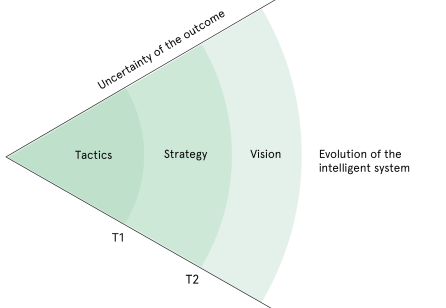
Designing in the Era of AI-Inclusive Services
AI technologies manifest themselves through services that are quite familiar in everyday life, such as digital assistants or e-commerce recommendation engines. Less obvious is the ripple effect they have on firms’ ecosystems and processes. Service designers can play a key role in building the new systems needed for the ‘intelligent economy’.
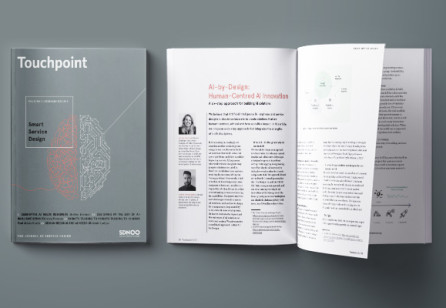
Redesigning for the ‘Seamless’ Era
Service design has enabled the visualisation of organisational experience through mapping interactions between people, processes and technology1. Service blueprints highlight opportunity areas for innovation as well as points that are repetitive or tedious for service optimisation. Although service design acknowledges behaviour, blueprints rarely account for its context.

Robots Talking to Robots Talking to Humans
Imagine if your refrigerator did the weekly grocery shopping for your household. Imagine that it knew which brands you all preferred, which products you all liked best. Imagine it could look at your calendars and have a chat with your smart watch. It would know that you were trying to eat healthily, that your partner was a couscous rejector, that your kids wouldn’t eat spinach but loved broccoli.


